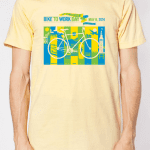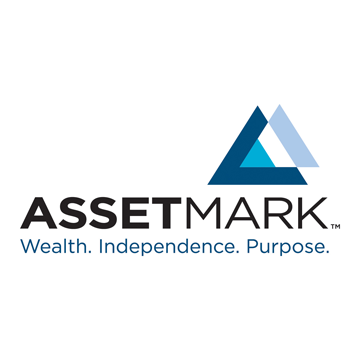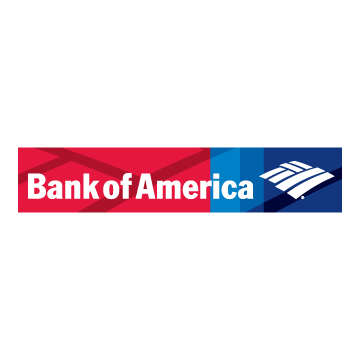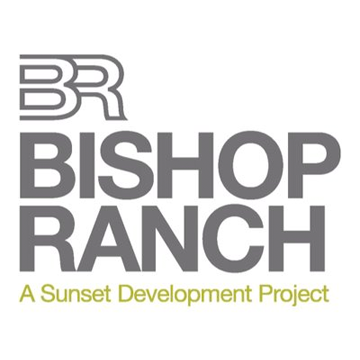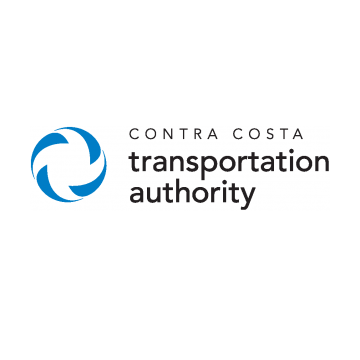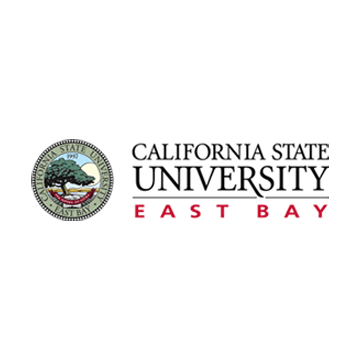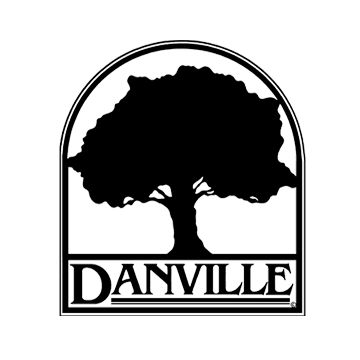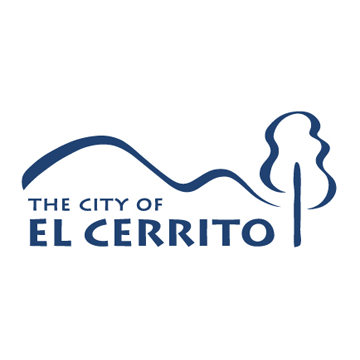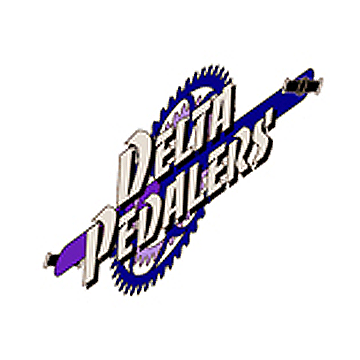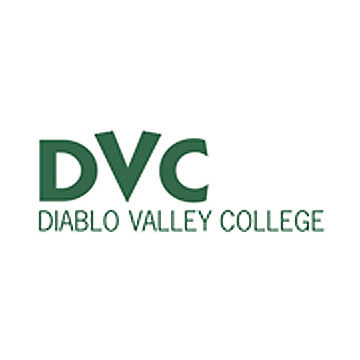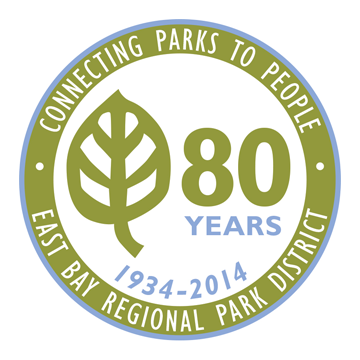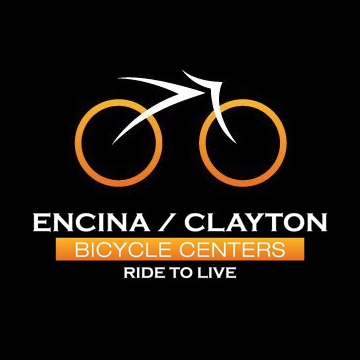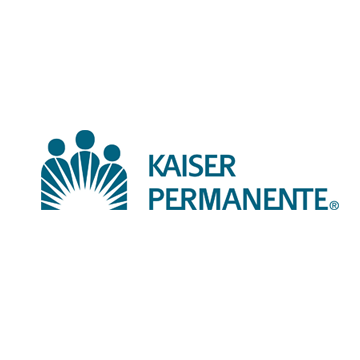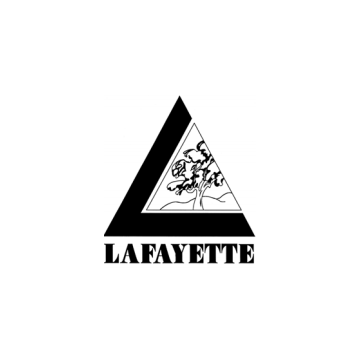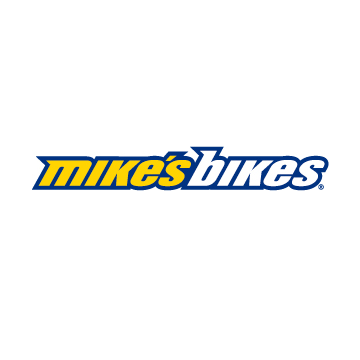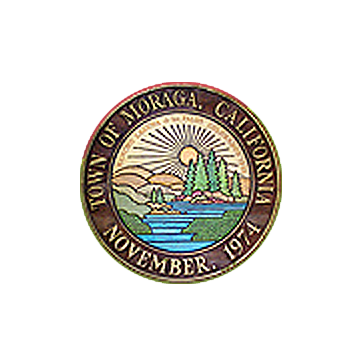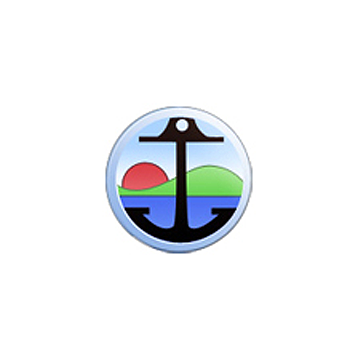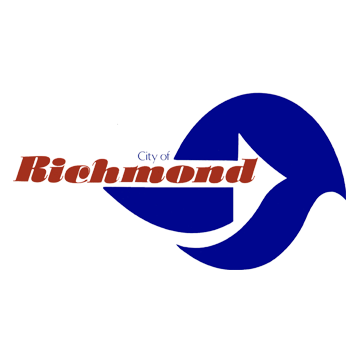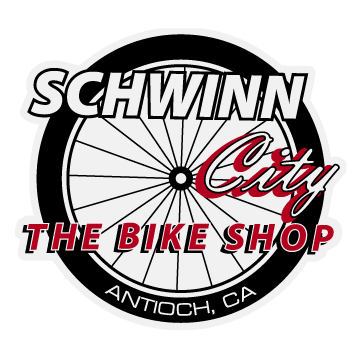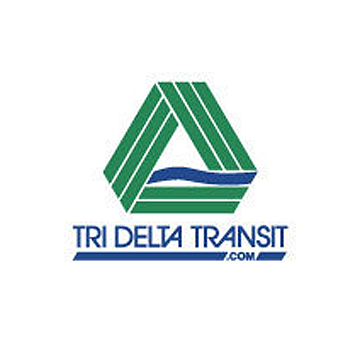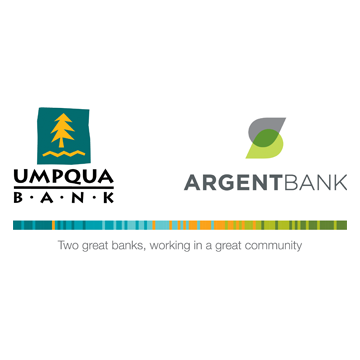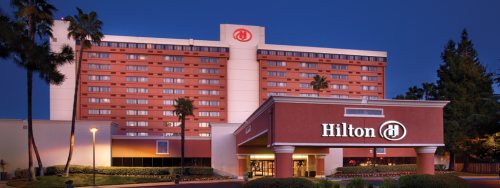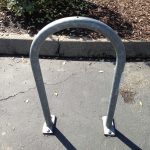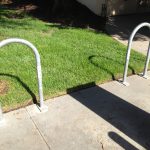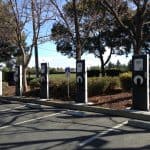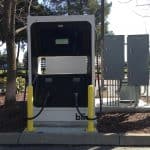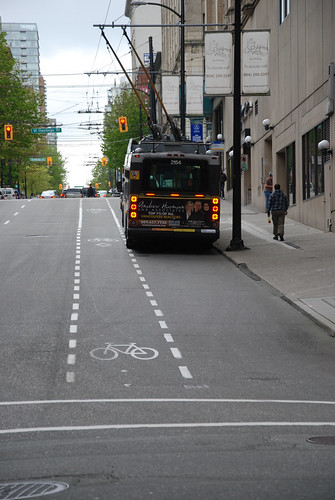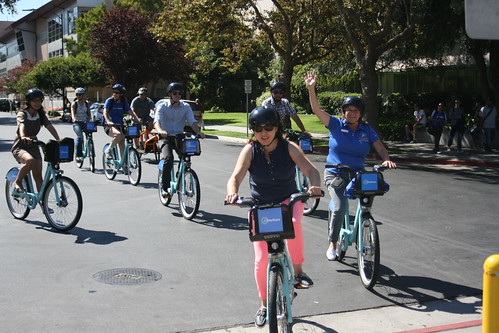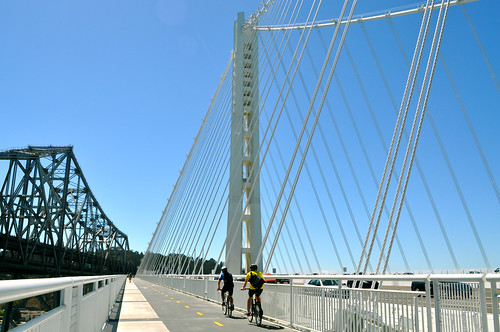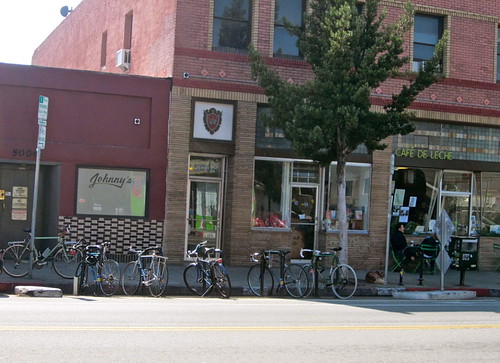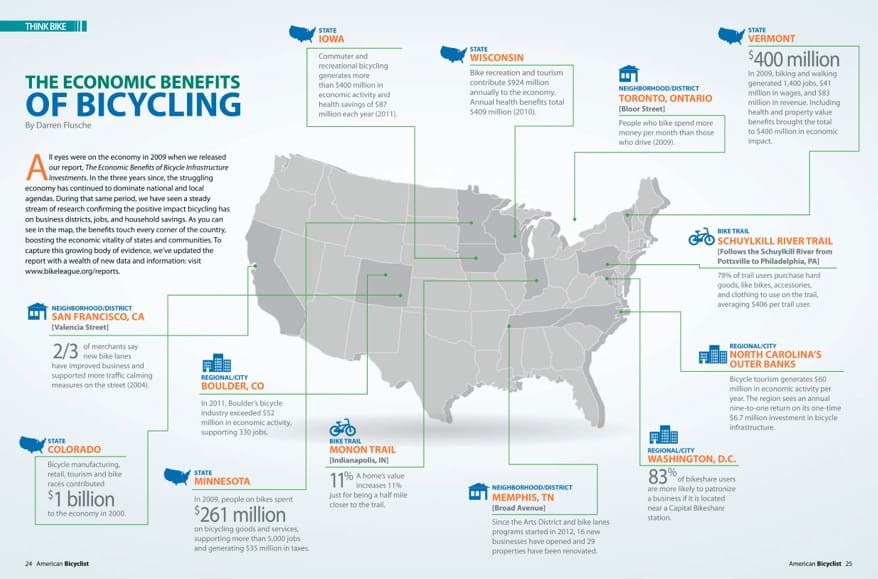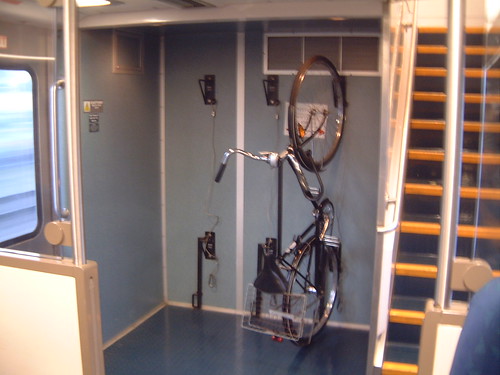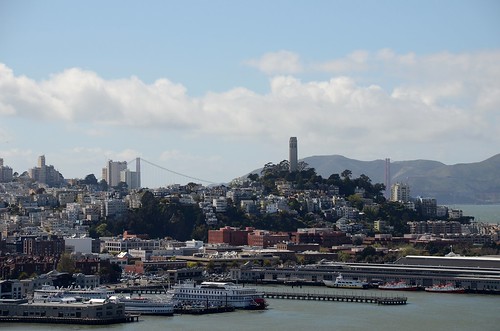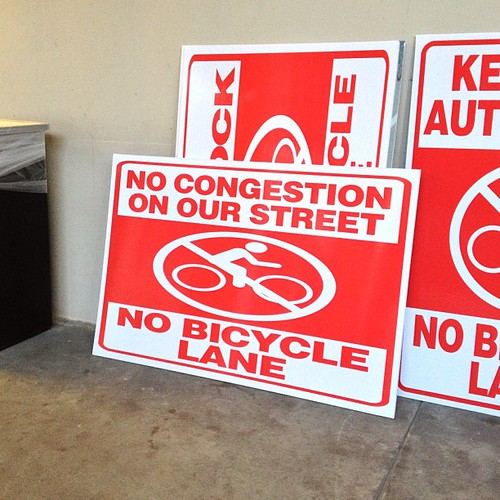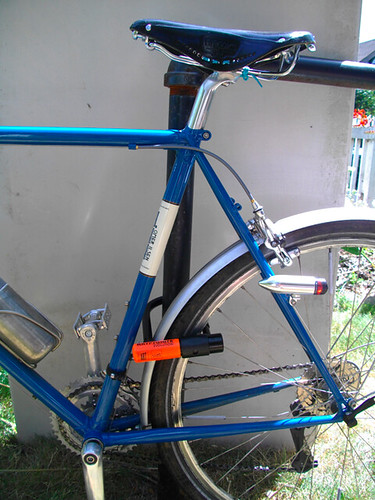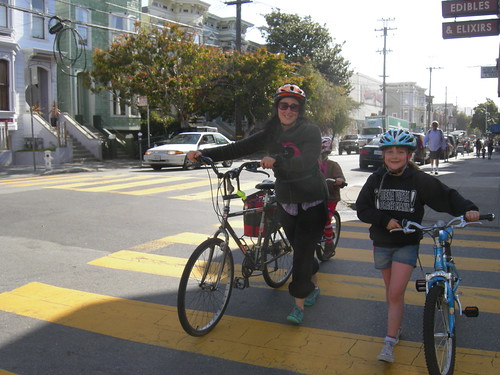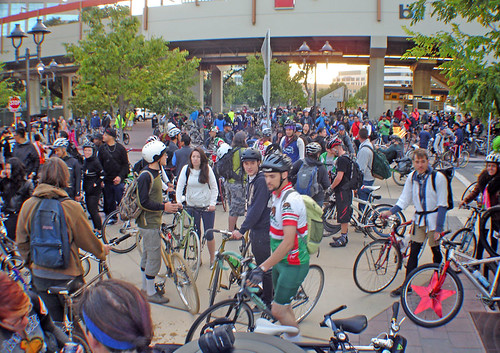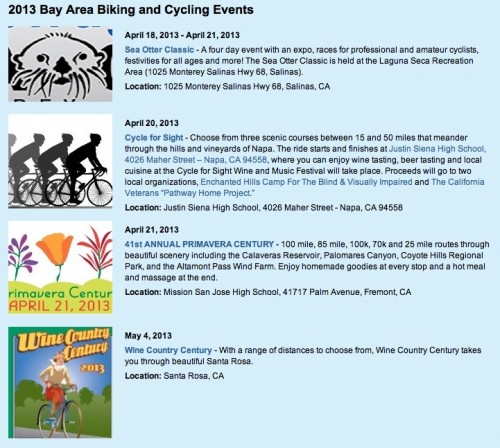
In less than a year, these baby blue bikes have zipped around San Francisco and the peninsula on over 200,000 trips, and soon, even in the East Bay. This spring, the Metropolitan Transportation Commission (MTC), which supplied much of the original funding to launch the Bay Area Bike Share, committed $8.7 million to expand the system to the East Bay. Here are the three things you need to know.
1) How Does Bay Area Bike Share Work?
You can join Bay Area Bike Share for a $88 annual pass, $22 three-day pass, or $9 for a 24-hour pass. Annual members get a fancy electronic key fob, and other members can just get a keycode from the bike station itself. Enter your keycode into the bike’s dock, pop out the bike, ride it some place fun, and then return it to that or another dock within 30 minutes. There’s a mobile app and website to help find an available bike or empty dock.
2) Where Will the New Bike Stations Be Located?
In this phase, the 750 new bikes will be distributed between Oakland, Berkeley, and Emeryville. MTC will be conducting a public planning process to make sure the bike stations are located where people need them.
3) When Can I Get On A Bike?
It is anticipated that the bike stations could be on the street during the spring of 2015 . Look for a launch date to be announced later this year, which MTC is hinting could be before Bike to Work Day in May.
How Do I Learn More?
If you’re on Twitter, follow @SFBayBikeShare, @BikeEastBay or @MTCBATA for the latest. Or subscribe to our newsletter, which goes out every second Tuesday with the latest transportation news for Contra Costa County and the East Bay.
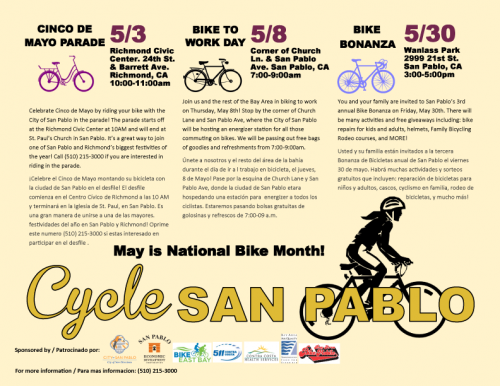
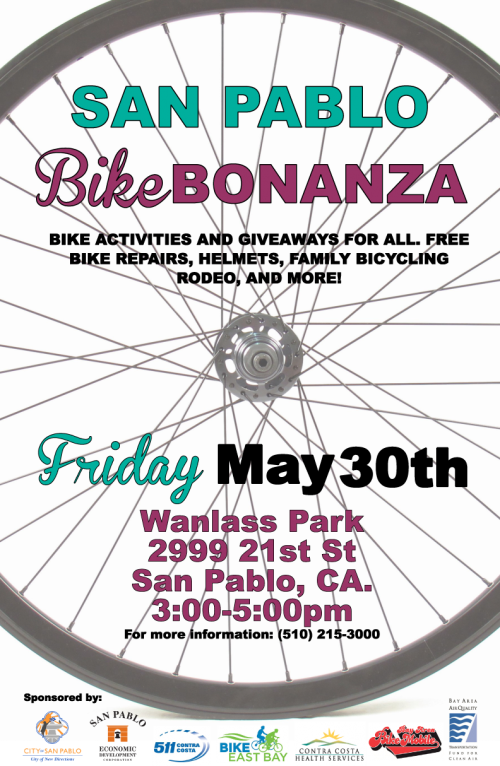
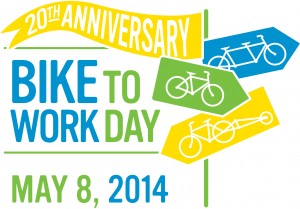 The morning commute brought 4,175 bicycle commuters which is more than the combined a.m. and p.m. count for cyclists recorded last year. So far we have seen our Best Dressed; a Walnut Creek Councilwoman pedaled a bike blender to make a smoothie; and bicycle commuters in San Ramon were treated to burritos. What’s in store for the evening bicycle commute today? You’ll just have to stop by an energizer station and see for yourself. Check out our
The morning commute brought 4,175 bicycle commuters which is more than the combined a.m. and p.m. count for cyclists recorded last year. So far we have seen our Best Dressed; a Walnut Creek Councilwoman pedaled a bike blender to make a smoothie; and bicycle commuters in San Ramon were treated to burritos. What’s in store for the evening bicycle commute today? You’ll just have to stop by an energizer station and see for yourself. Check out our 